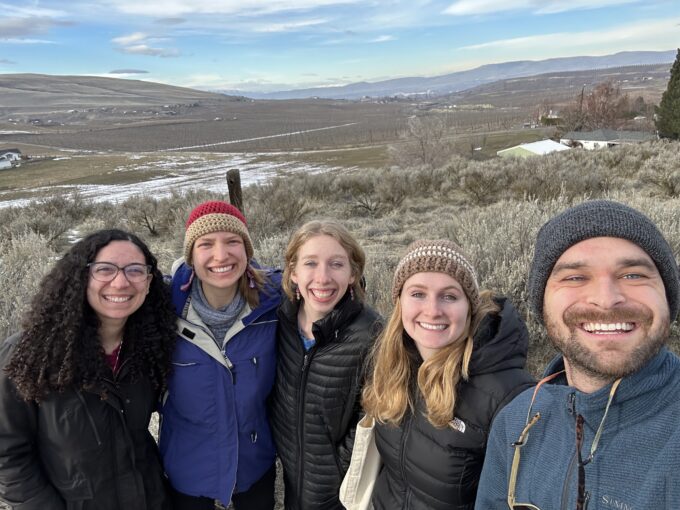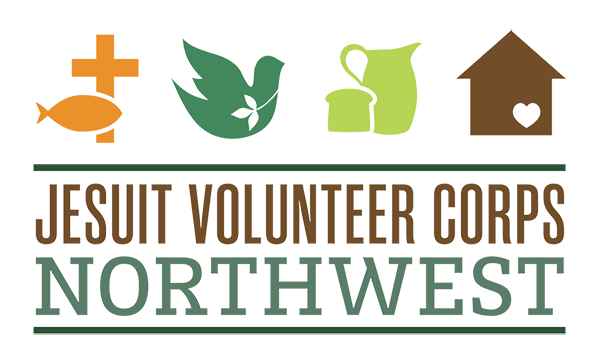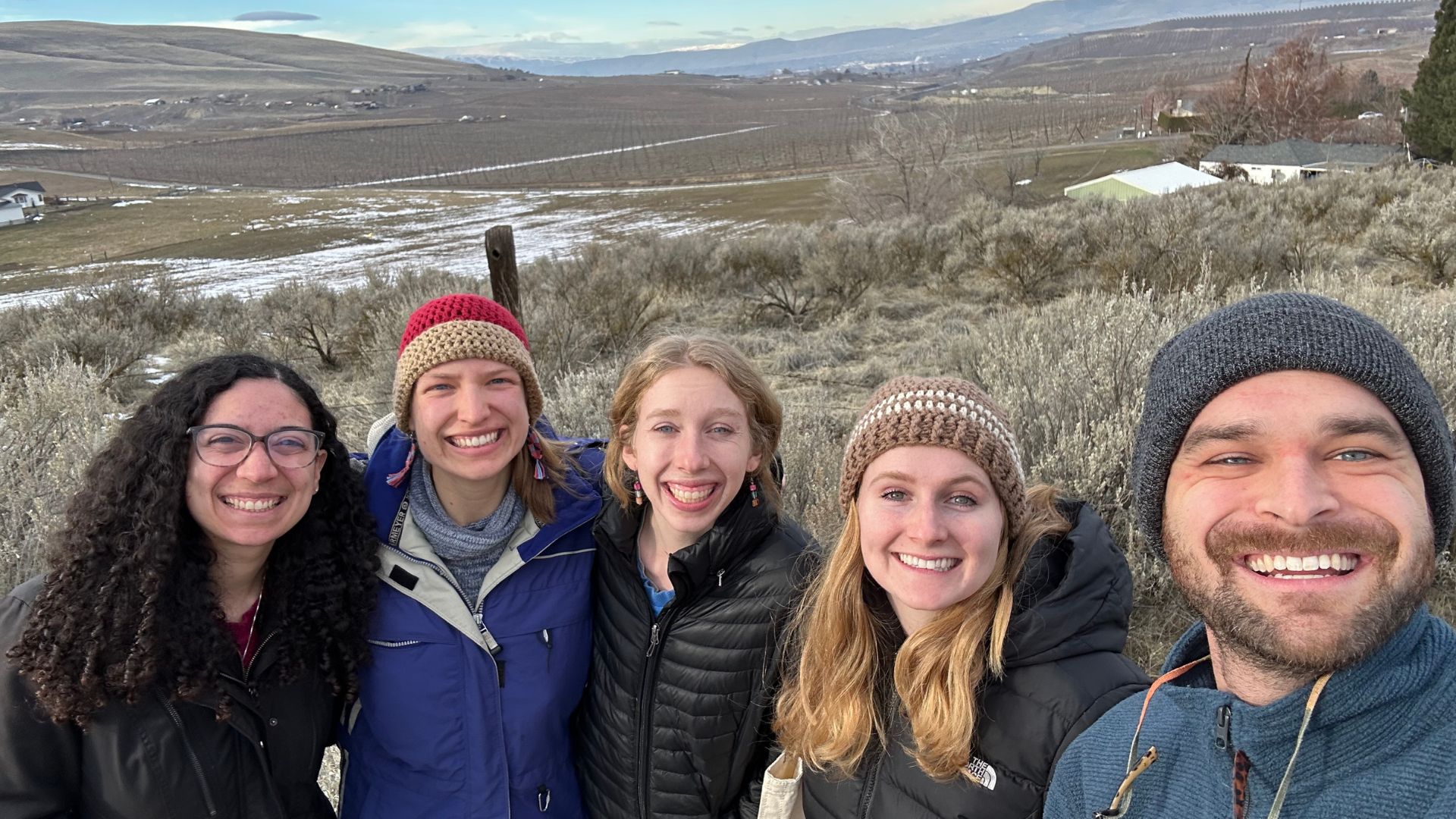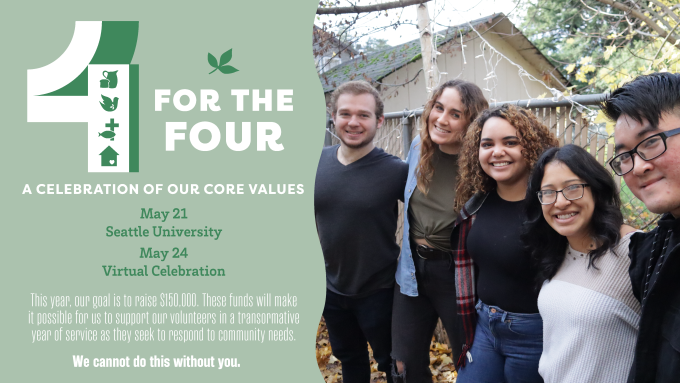
by Danielle Morin, Yakima, WA ’22-’23
The nightly darkness that enshrouds these winter months feels particularly imposing when I think about how it accentuates the heavy grief I’m holding for injustice on so many levels. From children being killed in Gaza, to lawmakers stripping the trans community of their rights, to the devastation of unnatural disasters, to renters with low incomes struggling to heat their homes, to whatever is personal for each of you gathered here today, all this pain made the prompt, “What am I waiting for this Advent Season?” initially feel like giving up to me, like being complacent. How can we afford to wait for social justice when we must work for social justice?
However, my exposure to various movements, some that reached their goals and others that fizzled out, highlights how waiting while working towards social and ecological justice is a time to invest in resilience, cultivate hope, and unite in community. I know many changemakers, exhausted by the sense of urgency imposed by a fast-paced society, who instead now embrace the wisdom of our social justice elders who prioritized the sustainability of a movement over short-term zeal. They showed that waiting is not only essential for radical change, but also generative. Rather than being a passive or despondent period, it’s a time to gather the fuel necessary for endurance – namely, hope and community.
I think back to examples of waiting with hope and community while I was a JV. The farmworker unit at my service site, which provided free legal services to folks with low incomes, would cultivate hope by opening our team meetings with Good News – stories that usually celebrated little things while we waited to win cases that could take years. My coworkers on the outreach team and other community organizers would unite in community to fight for farmworker justice, persisting over decades by joining together as one force. They embodied the union song that my JVC NW cohort learned at orientation, with lyrics repeating that “many stones can build an arch / singly none. Singly none.”
For this season of Advent, I’ve been visualizing justice with the image that each of us is a candle, and that many candles can light the darkness, but singly none, singly none. This comes from one of my favorite Advent traditions when I was a college student. We illuminated a dark church starting with one candle, spreading the flame from one person to another until the room glowed with thousands of interconnected lights. Each tender encounter, one flame becoming two, reminds me of the expression that when you can’t change the world, change someone’s world. Then, that someone can use their own kindled power to ignite others’ flames, joining in the ever-expanding light.
That is how we burn for justice: one person to another, actively uniting in hopeful community while we wait to see the fruits of our work. As we endure the darkness and yearn for social and ecological justice, let’s lean in together, gathered as one, so we can see that even when we are flickering as individuals we are twinkling with collective power.
Danielle served Yakima, WA from 2022-2023 at the Northwest Justice Project. She now lives in Wheat Ridge, CO and is a case manager with Family Support Services at Colorado Coalition for the Homeless.


